The future wasn't meant to be
1/22
There's no tags or description
Looks like no tags are added yet.
Name | Mastery | Learn | Test | Matching | Spaced |
|---|
No study sessions yet.
23 Terms
Rocket Mail
High costs - very expensive for mass delivery
Infrastructure challenges - lot of work to design infrastructure for this delivery service
Technological issues - unreliable and prone to failures, very difficult to be safe and reliable.

Flying car
Costs - early models of these cars were expensive, inaccessible for the average customer
Strict aviation regulations - complex, slow down development of new technologies
Infrastructure - airspace and ground infrastructure is not accounted for flyign cars, many upgrades and adjustments.
Safety - major concern, in densely populated areas.
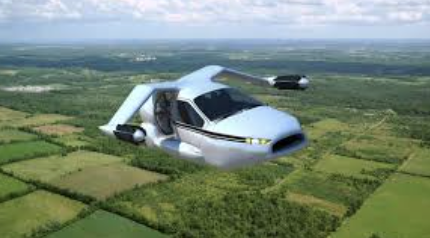
Maglev
Magnetic Levitation is the idea that trains can be built to float with electromagnets, removing friction from wheels and traveling fast.
High Initial costs, special infrastructure, competition from other transportations etc.
They required dedicated tracks, special infrastructure and expenses that were higher than normal rail tracks or highways.

Zeppelin
At first they promised a futuristic form of transportation and military technology, they failed to be successful due to high costs, slow speeds, vulnerability to weather and catastrophic disaster.
Highly susceptible to storm, harsh weather, lightning, making them dangerous and inefficient.
Carry large loads but a lot slower than airplanes, not feasible for long distance.
High costs - need large crows, maintenance and refuelling, also fragile and flammable.
Hindenburg disaster - May 6 1937 an German commercial passenger airship caught fire.
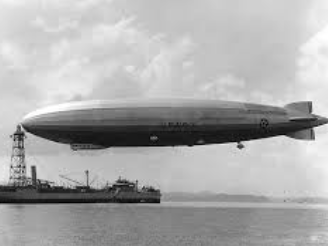
Suspension Railways
Some examples do exist like the Wuppertal suspension railway in Germany.
Engineering challenges, cost, preference for original railway systems.
They are expensive to build and maintain because of complex infrastructure.
Their is also rigorous protocol and advanced engineering needed to ensure safety and reliability of these trains.
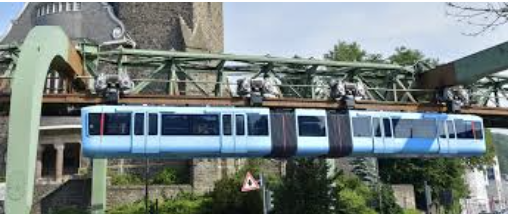
Ground effect vehicle (aka ekranoplans)
Aeroplanes designed to fly very close to the ground or water surface, using the ground effect for better lift and efficiency.
Haven’t gained success due to technical, logistical and regulatory challenges. They have many obstacles in regards to safety, manoeuvring and the need for special infrastructure.
They need long, flat, unobstructed routes over land and water, limiting applicability to locations like wide rivers, seas and regions with low populations. Low altitude operation presents challenges like avoiding collisions, manoeuvring etc.
Maritime regulations that are different from aircraft regulations, lead to inconsistencies.
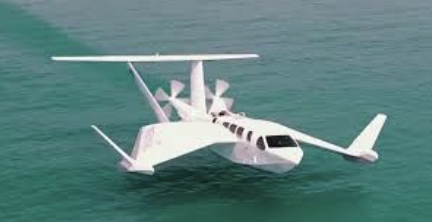
Supersonic transport
Civilian aircraft which can travel faster than sound, only two that have been in operation were the Concorde and the Tupolev, both were discontinued due to the supersonic boom (loud, thunder like sound caused by a shock wave when an object travels faster than the speed of sound).
High costs - developing and operating aircrafts are expensive, investments in research and development.
Environmental concerns - restrictions and controversy on acceptability
Overall demand for this type of travel is low, especially for long-distance flights, difficult to make profit.
Technology challenges - advancements have been made, further improvements for aerodynamic optimisation, fuel efficiency and noise reduction are needed.
There are many barriers, regulatory and policy, regarding noise pollution, sonic booms, airspace limitations that hinder development and operation of the aircraft.
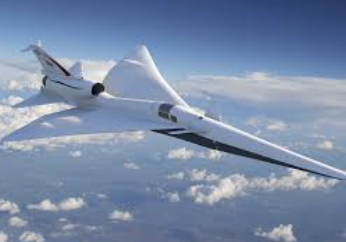
Nuclear Propulsion
Method of propulsion (moving) which involves a nuclear reaction for power. The vast majority of nuclear propulsion vehicles are military-only, most are sea vehicles.
High costs - significant investments in reactor development, construction and fuel
Safety concerns - nuclear technology is influenced by past accidents, public is reluctant to accept nuclear power.
Regulations - expensive safety requirements can delay the process of developing these technologies
Lack of infrastructure for nuclear storage, waste management.
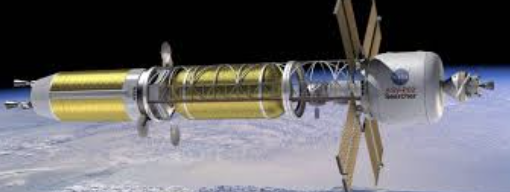
Hyperloop
A proposed transportation system which would use air-bearing surfaces to lift a train (alternative maglev) and transport it through a low pressure tube. The design reduces drag and follows the principle of using low pressure to reduce drag. The concept was posed in 2013 by Elon Musk.
High costs for infrastructure and operating these systems, energy consumption and maintenance.
Safety concerns - traveling in a close tube may raise concerns about power outages, system failures or accidents.
Regulations are hard to create, don’t fit into existing transport regulations.
Economic viability - operational costs may outweigh reveue, difficult to get investments.
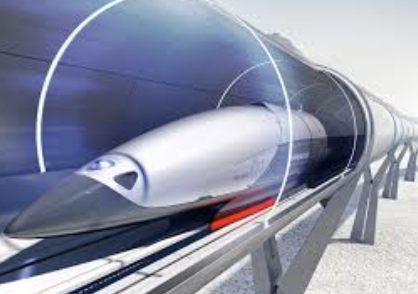
Hydrogen vehicle
Vehicles that use hydrogen as fuel, reacting to a duel cell to power motors (though sometimes doing combustion as seen in rockets.) They are known for being more efficient and environmentally friendly.
Hydrogen which is usable as energy is tough to come by, most produced by steam methane reforming which emits CO2. Renewable energy can be used for electrolysis (splitting water into hydrogen and oxygen), very inefficient cost wise.
Hydrogen leaks can be damaging, amplifies global warming more than CO2, as it is flammable.
Infrastructure costs, building and maintaining a network of refuelling stations is expensive and are concentrated in specific areas, inconvenient.
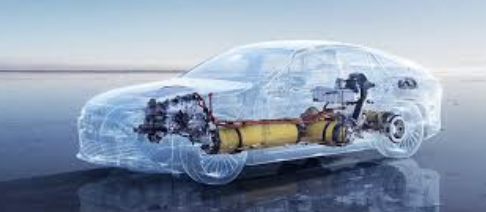
Mecha (means mechanism in japanese)
Large, armoured robots that are more popular in fiction, Isn’t feasible to engineer large, mobile robots with required power, control and manoeuvring capabilities.
Costs and resources needed are expensive and require intensive resources.
real world applications are limited, not ready for widespread use, issues with cost.
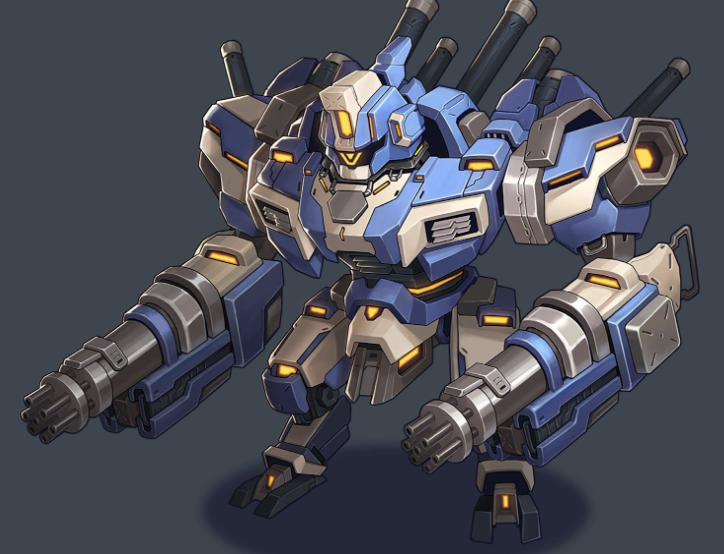
Metaverse
Loosely describes virtual worlds which users immerse themselves in, digital avatars and simulated rendered areas. Mix of meta and universe, linked to VR technology. Facebook rebranded to Meta to capitalise on the word. Envisioned first in Snow Crash and popularised in Ready Player One.
Criticised for failing to keep promises, concept is still being explored, but the initial hype and investment hasn’t become global adoption.
Technological limitations, still rely on complex tech in terms of user experience, costs and energy consumption.
Tech giants like Meta promised to set a high bar that they were unable to meet, a disconnection between expectations and reality.
High costs, expensive and physically uncomfortable.
Platforms aren’t interconnected, inconsistent user experience. Large financial losses from companies like Meta have dampened acceptance for the metaverse.
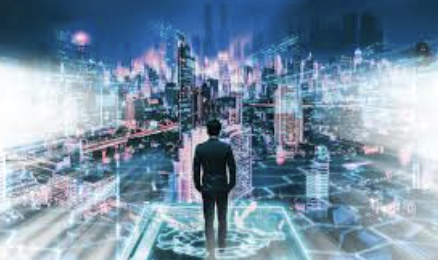
The End of History: Francis Fukuyama’s controversial idea explained
All problems would be solved and politics would be smooth. He argues that history revealed the ideal form of political organisation was liberal democratic states tied to market economics. Liberal Democracy.
Fukuyama’s use of the word “history” can be interchangeable with “modernisation” or “development”.
A liberal democratic state needs - to be a perfect democracy, the state possesses enough authority to enforce laws and provide services and the state and the highest representatives aren’t above the law.
The idea of the end of history began with Hegel, a German philosopher who argued that history had a goal, to become a rational state, provide development for human ability. Meanwhile, it would exist in peace with other organised states.
Marx thought that the end of history was not determined by ideas but material organisation. He thought that solving historical development would become global communism, where every individual contributes to society and consumes based on needs.
Scorpions (Wind of Change) 1990
The song talks about soldiers going to war, destruction happening all around the world and how they feel that change is going to come. They want a better world, where there isn’t any war or destruction and everyone is peaceful. Shows pictures of war and death then government officials working together, shaking hands, symbolising change and possibly a democratic world.
A power ballad, gaining popularity with associations to the end of the cold war, specifically the failed coup on Gorbachev. Also became associated with the fall of the Berlin Wall in 1989.
Heavy emphasis on chorus:
Take me (take me) to the magic of the moment
On a glory night (a glory night)
Where the children of tomorrow dream away (dream away)
In the wind of change (the wind of change)
Jesus Jones (Right Here, Right Now) 1991
Talks about revolution and how it has already happened. Waiting for change and how they are content in the world.
Touches on the cold war and the USSR’s perestroika. Its influences include experiences of performing in Romania, a past USSR state, after overthrow of the Soviet government in the nation. Inspiration came from the Berlin wall.
About the fall of communism and the end of the Cold War. It is about the movement out of “history” which could be defined as war and conflict, so moving into peace and resolution.
Michael Jackson (Heal the world) 1991
Filled with messages of anti-war and a desire to make the world a better place. He also created the “heal the world” foundation to improve lives of children and teach them to help others.
The music video associated with the song features children living in harsh conditions, in Burundi mostly. One of his only videos that he isn’t in.
The chorus is as following:
Heal the world
Make it a better place
For you and for me and the entire human race
There are people dying
If you care enough for the living
Make a better place for you and for me
Michael Crawford (Counting up to Twenty) 1995
Optimistic song for advancements into the future. Moving from the 20th century to the 21st.
Chorus is
Counting up to twenty
Has been difficult for some
But as we learn to count to twenty
Should be easy to get to twenty-one
Will Smith (Will 2K) 1999
Upbeat rap song that represent the turning of a new millennium, and a party taking place at the end of year 1999 and the start of 2000.
Chorus is
Here it comes another year
Come on everyone, new millennium
Here it comes another year
Everyone, new millennium
Alice Coltrane (Journey into Satchidananda) 1971
Spiritual jazz instrumental song in the album of the same name. Marks a transition between her earlier and later albums, shifting to a more personal view and consisting of interests of Indian classical music and religion.
Themes of understanding, self expression and transcendence, most powerful undertones are healing and adaptation in grief.
Satchidananda represents Hindu and the philosophy of an Ultimate Reality, but not a parallel for heaven in christianity. Directly translates to “existence consciousness bliss”
Vangelis (To the Unknown Man) 1977
Hints at something not yet seen or understood. It can be a metaphor for the generations to come. The soft opening building up, “catching fire”.
Kitaro (Theme from Silk Road) 1980
Made for a 1980s Japanese documentary known as The Silk Road. The documentary was a travelogue, detailing attractions geographically from Xi’an to Rome, it revealed how Japan was influenced by the route of exchange of goods and religious beliefs.
Enya (Carribean Blue) 1991
A little boy stumbles across a beautiful world, climbing up a ladder, it is within reach. People and nature are interconnected in a beautiful, faraway world that may be our future.
The vocals are layered on textures to the piece, the time signature keeps the song unique.
Enigma (Return to Innocence) 1994
Imagery: starts in black and white and changes to colour, shows the start of something new, new beginnings. The ability of nature, people connecting with nature. Everything is happening in reverse, “returning to innocence”, turning back time. Children growing up, girls putting on lipstick, make up vs writing letters, cutting hair as a child, symbolising identity, loss of youth and innocence.
There is a cultural element, themes revolving around returning to purity and being yourself.
Chorus is made up of traditional Asian folk song chant, while the thematic portion in the song “return to innocence” references being yourself.